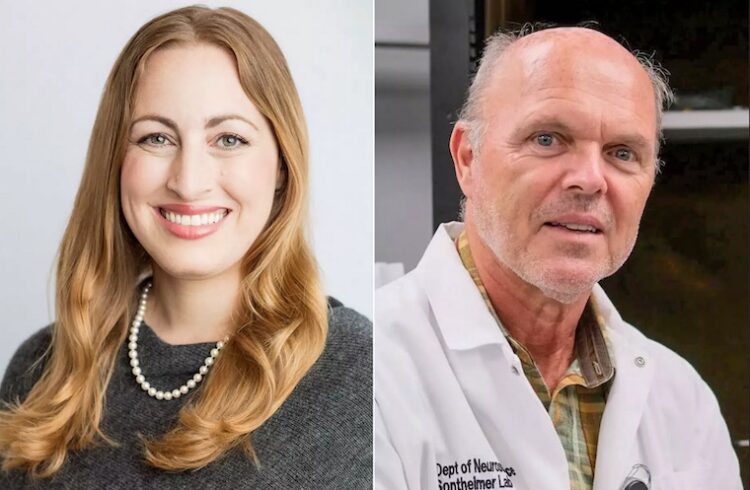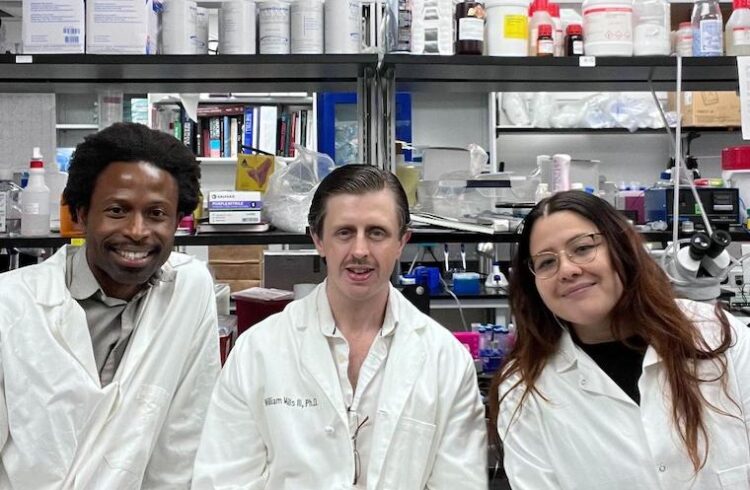
To provide faster treatment for heart attack patients, UVA will soon enable all area rescue squads to transmit electronically a key piece of information used to diagnose heart attacks.
UVA is spending more than $20,000 this year on modems, software and subscription fees to enable rescue squads to transmit electronically results from 12-lead electrocardiograms (ECGs) to UVA and other local hospitals, says Director of Emergency Management Tom Berry. Electrocardiograms measure the heart’s electrical activity; doctors and emergency medical providers can interpret the results to diagnose heart attacks and other heart problems. Right now, only about 25 percent of area rescue squads can electronically transmit ECGs; all area rescue squads will be able to do so beginning in December.
“We’re pushing diagnoses to the patient’s bedside,” says David R. Burt, MD, an emergency medicine specialist at UVA. “It lets us make the best treatment decision for the patient.”
One example is the treatment of a serious type of heart attack known as an ST-elevation myocardial infarction (STEMI). UVA has a well-established STEMI alert process that reduces treatment times in part by creating an on-call STEMI team that can be assembled in 30 minutes, Burt says.
By using an electronically transmitted ECG to diagnose a patient with a STEMI in Greene County – about a 30-minute drive from UVA – the STEMI team could be ready to provide treatment the moment the patient arrives instead of diagnosing the patient at the hospital, then waiting 30 minutes while the STEMI team is assembled. Every 30-minute reduction in treatment time for heart attack patients reduces their death rate by 7.5 percent, Burt says.
Anthony Judkins, a training officer with the Charlottesville-Albemarle Rescue Squad (CARS) and the Madison County Department of Emergency Services, has seen first hand the benefits of electronically transmitting ECGs. CARS has been able to transmit ECGs for several years, he says, allowing doctors to begin directing treatment during transport and giving hospitals time to assemble treatment teams before patients arrive.
In Madison County – where electronic transmissions haven’t been available – rescue squads send a supervisor to their dispatch center to fax an ECG or occasionally fax ECGs from convenience stores, Judkins says. “I believe electronic transmission will strongly enhance the quality of care that Madison EMS already provides,” he says. “With the new system, we can decrease mortality by getting the physician to the patient before the patient gets to the physician.”
For rescue squads in less-populated areas with less experience interpreting ECGs than providers such as Judkins, the ability to transmit electronically will improve care and provide peace of mind, says Donna Burns, UVA Health System’s prehospital coordinator. “The rural rescue squads don’t see as many of these cases, so they may not be comfortable interpreting the ECGs,” she says. “It relieves them of a large burden.”


